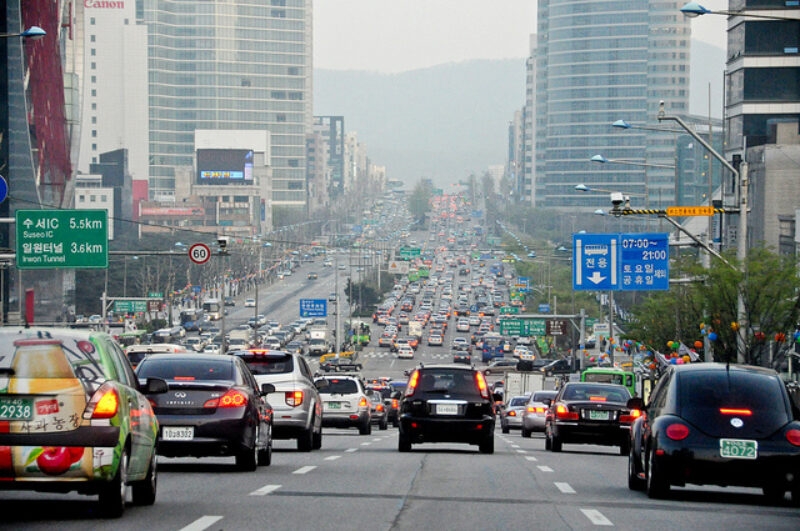South Korea’s INDC: still rated “inadequate”
Share

South Korea’s climate plans, announced this week, will see the country double emissions by 2030 compared to 1990, and have been rated “inadequate” by the Climate Action Tracker (CAT).
South Korea has put forward a target to reduce greenhouse gas emissions by 37% below business-as-usual (BAU) by 2030.
An “inadequate” rating under the CAT’s effort-sharing methodology means that South Korea’s plans are consistent with a temperature rise exceeding 3 to 4°C by 2100, if all other countries had the same lack of ambition.
The South Korean Government initially put forward four different options for its INDC (Intended Nationally Determined Contribution) ahead of the Paris climate talks later this year. The Climate Action Tracker rated all the options as “inadequate.”
The Government’s final decision included a share of the target to be achieved through international market mechanisms. The CAT analysis shows this would allow domestic emissions (excluding LULUCF) to double by 2030 compared to 1990.
Moreover, in the INDC communicated this week, South Korea revised its 2020 business as usual projection slightly upwards which would weaken its 2020 pledge if this were to be aligned.
“South Korea appears to have listened to criticism of its draft proposals, and scrambled to add more, but international trading will not address the fact that its domestic emissions are projected to double in 2030. This is not an effort to help hold warming to 2?C,” said Prof Kornelis Blok of Ecofys.
“Apart from the lack of ambition there are several additional concerns. South Korea is relying upon a reduction from business as usual whereas its economic circumstances would point towards it taking on a national, legally binding limit, in common with countries at similar levels of economic development,” said Bill Hare of Climate Analytics.
South Korea has not put forward an INDC for 2025, indicating the risk of a serious lock-in of “inadequate” emission levels for 2030,” he said.
If all countries followed this approach, limiting warming below 2°, and returning to 1.5° degrees Celsius by 2100 could well be unreachable by 2030. South Korea has also left open the accounting of LULUCF (Forest) activities that, if included, would further weaken its INDC.











